
that Affected Australia
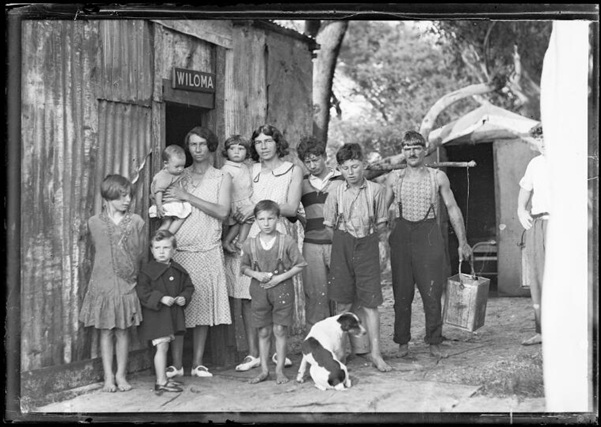
The SECOND one in the 1920’s. WORLD WIDE. CALLED THE GREAT DEPRESSION!!
Mostly Brought about by the AMERICAN WALL Street FINANCIAL collapse.Tritock Exchange in October 1929.
Monetary power had shifted from the United Kingdom to New York Wall Sreet North America.Australian population estimated at 5,411,297 excluding our Aboriginal Bretherin.
A PICTURE ON WALL STREET New York USA.
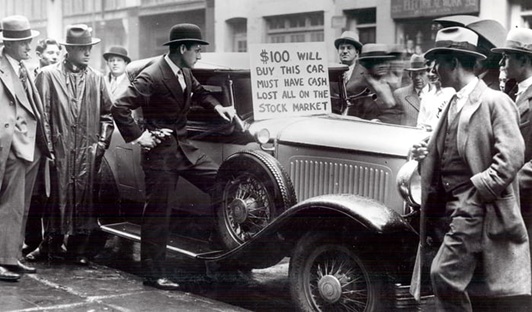
“The FIRST One” Australian Banking Crises in the 1890’s.
The 1893 BANKING CRISIS occurred in Australia when several of the Commercial Banks of the Colonies within Australia collapsed. It was then followed by “The Federation Drought!” 1896 to 1902
This happened In a Country that had Trams-Trains-Elevators-Mining- Manufacturing-Docks-and Shipbuilding-etc.
Many jobs were created. Mining-Wharfs-Transport-Buildings etc. Gold finds in NSW and Victoria, were followed by finds in Coolgardie and Kalgoorlie in Western Australia. It helped by taking people from the Eastern States.
The BANKS seemed to have acted irresponsibly. Maybe that was because they did not have the same Government Rules as today, and was probably run by Individuals.
In 1811 a.d. Reverend Samuel Marsden sent to England..1800kgs. of Merino wool. This was after John MacArthur had sent a small sample in 1800a.d. The large cities in Northern England began using large amounts of Australian Wool.
In 1817 a.d. Governor Macquarie held a meeting, and set up a BANK in ex convict Mary Reibeys’s house to see if it was possible to start Banks in Australia. Mary had been sent to Australia for stealing a horse, as Mary Haydock, but had married Thomas Reibey a rich Businessman in Australia.
In 1819 a.d. Campbells Savings Bank opened in Sydney, Parramatta, Liverpool and Windsor.
Between 1875 a.d. and 1880a.d. Australia gained a reputation as “the working man’s paradise. This led to several Employers importing Cheap Chinese Labour, to cut costs further. This eventually led to the “WHITE AUSTRALIA POLICY”
In 1826 a.d. The First Street Lamp was alight in Sydney.
In 1832 a.d. The First Steamer was built in Sydney.
Free Land Grants were discontinued in NSW
The 1880’s were dominated by ‘Class Conflict”, This seemed to start after most of the surface Gold had been found, and people had NOTHING to sustain themselves with.
1887 Some of the BANKS, began restricting money for Land Purchases
1890 The Great Maritime Strike.
1891 Australian Shearer’s strike
1891 16 Small Banks and Building Societies collapse in Melbourne. The Investment boom saw increased economic expansion, BUT the RETURNS on Investment were getting smaller and smaller. Even “wool” sales overseas were getting smaller.
1892 Broken Hill Strike.
1892 133 Limited Companies go into liquidation, ,in Victoria alone.
1893 A major International Depression occurred.
1893 An Australian Banking crises occurred in which Many Financial Institutions, including several major ones, suspended Trading.
In May 1893 The Government of Victoria implemented a 5 day Bank Holiday, so that Banks could have a chance of recovery, and some Laws could be discussed and implemented. By 17th May, 11 Commercial Banks In Sydney ,Melbourne, and other Locations across the Country had suspended Trading.
In May 1893 The Government of Victoria implemented a 5 day Bank Holiday, so that Banks could have a chance of recovery, and some Laws could be discussed and implemented. By 17th May, 11 Commercial Banks In Sydney ,Melbourne, and other Locations across the Country had suspended Trading.
All in all, some 31 Financial Institutions were involved.
By 1894, the worst of the economic crises was over, and the task of re building society started. Unfortunately “The Federation Drought” started in 1896 and ended in 1902.
Australia from early beginnings in Sydney, developed, with adjustments, into today’s States and Territories, with each having its own Parliament. The Australian Capital Territory, took a little longer, because it was meant to oversee ALL OF AUSTRALIA in certain ways
Huge fortunes were made on “speculation”. Banks lent money quite freely. Imported Capital helped drive Investment boom in Australia.
There was also a certain amount of fierce competition between the STATES to provide Growth-Jobs-and Money.
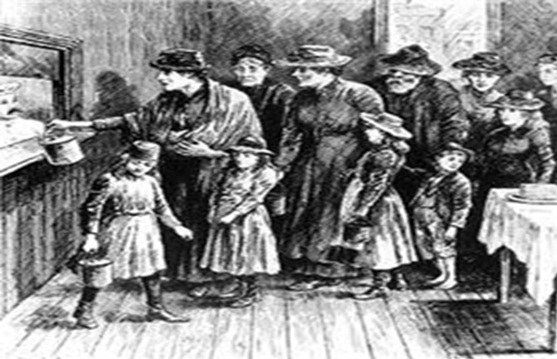
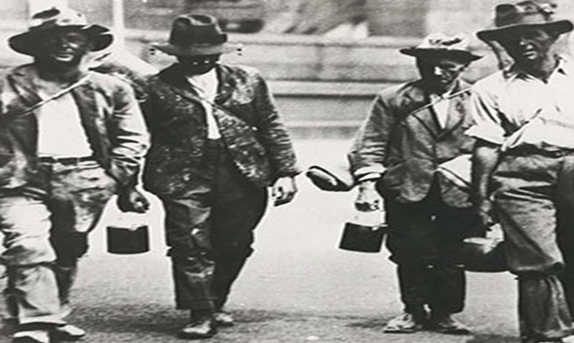
“THE SECOND ONE.” It Affected MOST OF THE WESTERN WORLD. Late 1929 to Late 1930’s
After World War 1, North America became the Leader in the Western World in regards to Money. Maybe America’s participation in World War 1, proved where the money was. However the CRASH of INVESTMENT on WALL STREET NEW YORK PUT THE WESTERN WORLD INTO A DEPRESSION!
The Following Things Happened .
1. There was s period of Deflation,
2. Declining Economic Activity.
3. High Unemployment.
4. The 1920’s was a BOOM period for investment, but key commodities such as Wheat-Wool-Coal, was largely financed by BORROWED money, and dropped steadily in value, therefore the RETURN from INVESTMENT DROPPED, resulting in LESS RETURN for the LENDERS.
They were caused by External Forces, and by Weakness in the Domestic Economy. Particularly as Australia was a Primary Producer for the British Empire. Civil unrest followed
In August 1930, Sir Otto Niemayer of the Bank of England, came out to Australia to review the countries development. Particularly now that the States in Australia had agreed to a Canberra based Federal Parliament. However it was too late for Australia—Great Britain—and the rest of the Western World.
Due to the State Governments bickering with the newly formed Federal Government, nothing eventuated from his visit. Public expenditure in Australia was cut by the States, and private Firm Retrenchments threw thousands out of work. Unemployment peaked in mid 1932 at about 30%.
State Governments introduced SUSTANANCE for the unemployed. In reality only small sums were given. Barely enough to survive on.
The Sydney Harbour Bridge was kept as a NSW State asset, and it was worked on until it was completed.
The Railways had yet to be a proposition and developed.
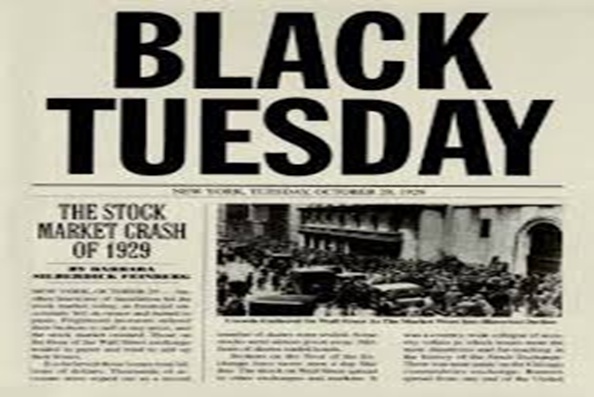
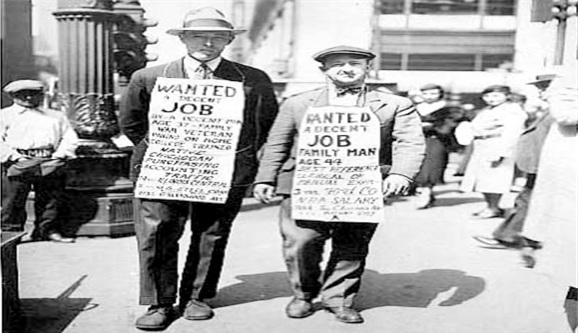
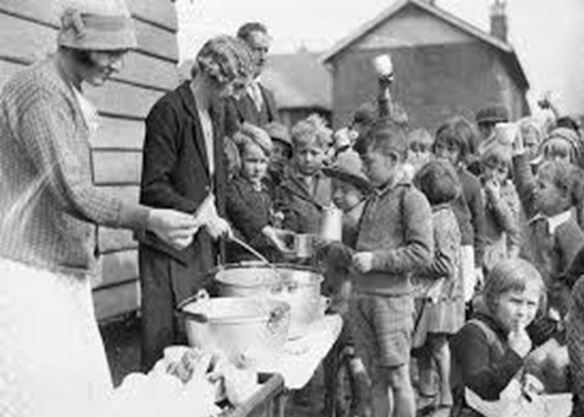
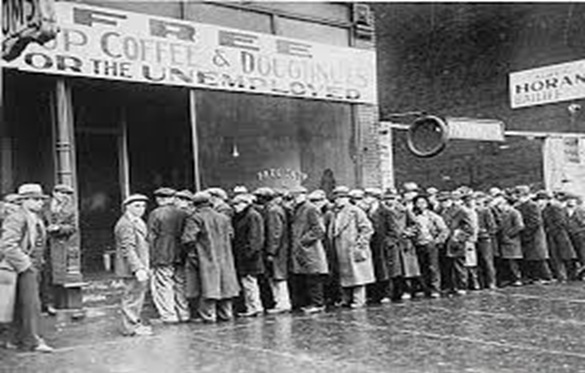
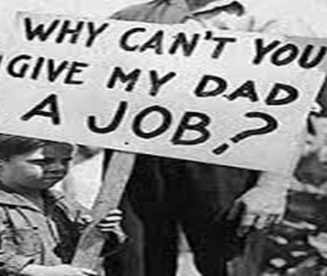
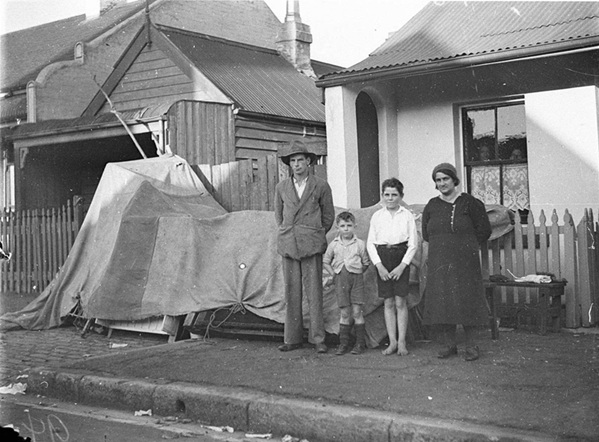
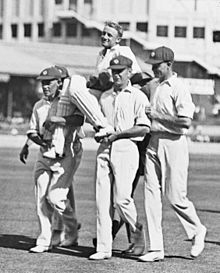 21-year-old Don Bradman is chaired off the cricket pitch after scoring a world record 452 runs not out in 1930. Sporting success lifted Australian spirits through the Depression years.
21-year-old Don Bradman is chaired off the cricket pitch after scoring a world record 452 runs not out in 1930. Sporting success lifted Australian spirits through the Depression years.
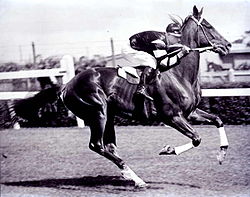
Phar Lap, c. 1930.